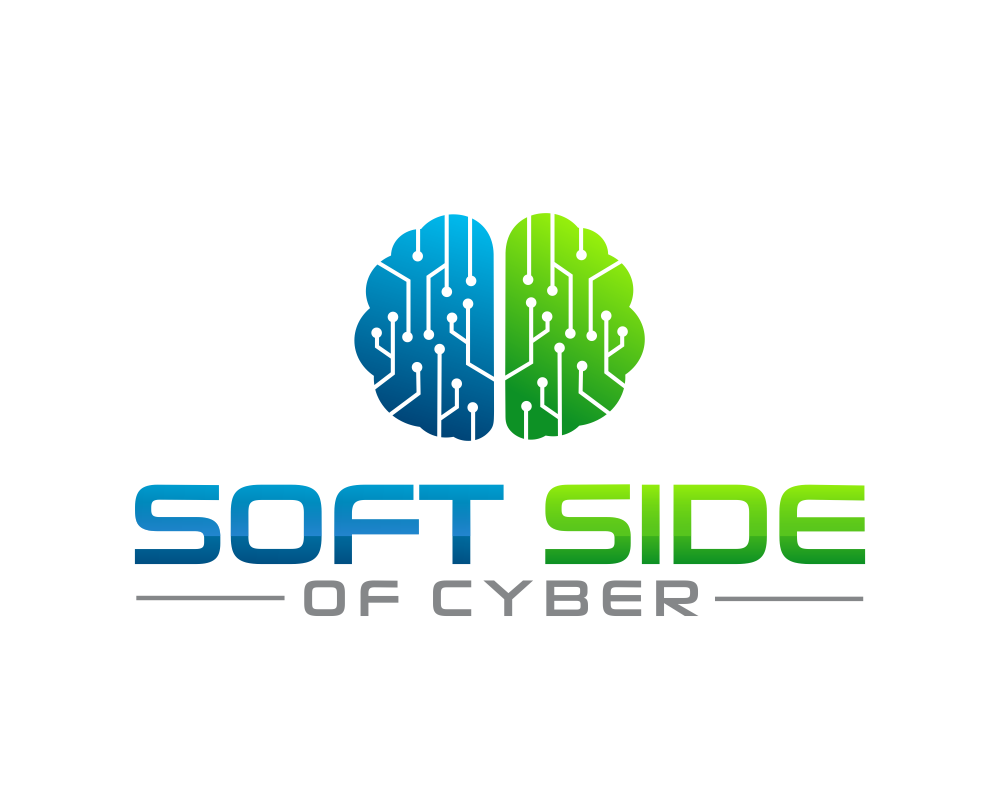
Soft Skills: The Key to Successfully Implementing Your Cybersecurity Strategy
Last week, Rob talked about how to formulate a cybersecurity strategy. This week, we would like to take the next step and discuss ways to implement that strategy.
Developing and implementing a cybersecurity strategy is critical for protecting sensitive data, maintaining business continuity, and building customer trust. However, simply having a cybersecurity strategy is not enough. It's essential to have a team with the necessary soft skills to implement the strategy effectively. This article will explore the soft skills required for implementing a cybersecurity strategy and how to develop them.
Developing a Communications Plan
Implementing a cybersecurity strategy requires effective communication with team members, management, and employees. Creating a clear and concise communication plan is critical to ensure that everyone understands their roles and responsibilities. It's foundational. A communications plan should include who will communicate what information, to whom, when and how often communication will occur, over what channels, and how feedback and questions will be addressed.
Developing practical communication skills also involves explaining complex technical concepts in plain language. Cybersecurity professionals must be able to convey information in a way that is understandable by all parties involved, including non-technical staff. Active listening is also essential to effective communication, which involves listening attentively to what others say and responding appropriately.
Building a culture of collaboration and knowledge sharing is also essential for effective communication. Encouraging teamwork and shared responsibility for your cybersecurity strategy can promote a more robust security posture. As cybersecurity professionals, we must be able to work effectively with individuals from all areas of the business, including IT, legal, HR, and operations. Therefore, a communications plan should include how collaboration and knowledge sharing will be encouraged and facilitated.
Get People Excited
Developing effective persuasion and influence skills is critical for getting people excited about implementing your cybersecurity strategy.

As cybersecurity professionals, we must be able to communicate the importance of following established policies and procedures effectively. However, simply explaining the technical details of a cybersecurity strategy is probably not enough to excite people. Instead, we must persuade and influence employees to take an active role and ownership in protecting the organization's sensitive data.
One way to get people excited about cybersecurity is to create a culture of accountability. This drives understanding when employees understand the importance of following cybersecurity policies and procedures, how it relates to them, their role, and their own goals. In addition, emphasizing the impact of the strategic plan on the organization's success contrasted with the potential impact of cybersecurity failures can also help. Ultimately, we must build a sense of shared responsibility for cybersecurity, driving the team sport mentality. This sort of engagement encourages employees to take an active role in protecting the organization's sensitive data.
As you outline your primary customers or stakeholders in the communication plan, note why each of them should care about your strategic plan. What's in it for them? How does it relate to them? How does its success contribute to their success?
Creating incentives can also get people excited about implementing your cybersecurity strategy. Incentives can include recognition, bonuses, or other perks that recognize and reward good cybersecurity behavior. Incentives can also encourage employees to take ownership of the cybersecurity strategy by making them feel valued and recognized for their efforts. This can result in a more engaged and motivated workforce invested in the cybersecurity strategy's success. We recently spoke about the power of positive incentives in a deep dive into building a strong cybersecurity culture.
Finally, creating an environment where employees feel comfortable taking an active role in implementing the cybersecurity strategy can help get people excited about cybersecurity—recognizing that this might mean taking risks and encouraging them. Leaders can do this by establishing a culture of transparency and accountability, where employees are encouraged to ask questions, provide feedback, and offer suggestions for improvement; when employees feel comfortable and understand the "why," they are more likely to be invested in its success. By creating a culture of involvement and investment in the cybersecurity strategy, cybersecurity professionals can ensure everyone is working towards the same goals and objectives.
As part of your communications strategy, set aside the time for dedicated listening sessions. This might be office hours, an "ask me anything," or intentional human-centered design research. The point is to not gloss over transparency and active listening but plan for it.
Encouraging Decision-Making at the Right Level
Effective decision-making skills are critical for identifying and prioritizing cybersecurity risks. However, decision-making should not be limited to those in leadership positions. Encouraging decision-making at the right level involves empowering employees closest to the work to make informed decisions about cybersecurity risks.
We must create an environment where employees feel comfortable deciding how the plan is carried out. This can include creating a culture of transparency and accountability and establishing clear guidelines for decision-making. It also consists of a culture of management supporting employees even if things don't go exactly as they might have done or taking risks that don't succeed.
By empowering employees to make informed decisions, organizations can more effectively identify and mitigate potential roadblocks to successfully implementing the strategy.
Practical decision-making skills also include evaluating the potential consequences of the cybersecurity strategy's different paths and making informed decisions based on risk management principles. You can't be everywhere, and your staff must be able to analyze data effectively in your absence to determine where to focus resources and identify potential vulnerabilities.
Catching up on last week? Check out this reaction video on effective writing skills in cyber.
Foster a Culture of Continuous Improvement
Developing effective soft skills is critical for ongoing cybersecurity strategy monitoring, testing, and adjustment. Our teams must be able to identify areas for improvement regularly, analyze the effectiveness of the strategy, and adapt to changing threats. This includes gathering and analyzing data, creating and tracking performance metrics, and adjusting the strategy based on the results.
Encouraging a culture of continuous improvement also involves recognizing when specific strategies or processes are not providing value. We must create an environment where employees feel comfortable suggesting changes or modifications to existing strategies or processes. This should include creating incentives for innovation, regularly communicating updates on the cybersecurity strategy, and involving employees in the ongoing improvement process.
Organizations should regularly evaluate the effectiveness of their cybersecurity strategies to determine whether they are providing value. If a strategy or process is not providing the expected value, it may be necessary to discontinue it and explore alternative options. This involves being open to feedback and making hard decisions to ensure the cybersecurity strategy remains effective and efficient.
Encouraging a culture of continuous improvement also involves being willing to experiment and try new things. Make taking calculated risks to explore new cybersecurity technologies or strategies the norm. By fostering a culture of experimentation and continuous improvement, you and your organization can stay ahead of evolving cybersecurity threats and remain competitive in the marketplace.
Take some time over the next quarter to celebrate a "failure" within your organization. A risk that somebody took that didn't pan out. Focus on the effort, stepping outside of the comfort zone, and what was learned. Sometimes leadership support for trying things can make all the difference.
Final Thoughts
Successfully implementing a cybersecurity strategy requires a focus on results-oriented outcomes. Cybersecurity leaders must regularly assess the strategy's effectiveness, set clear objectives and KPIs, and make adjustments to protect the organization. In addition, we must provide open communication channels with all stakeholders, including regular communication with management and employees, which are critical to promptly identifying and addressing potential issues. By focusing on these key elements, cybersecurity professionals can ensure that the cybersecurity strategy is effective and efficient and that the organization's sensitive data is adequately protected.


